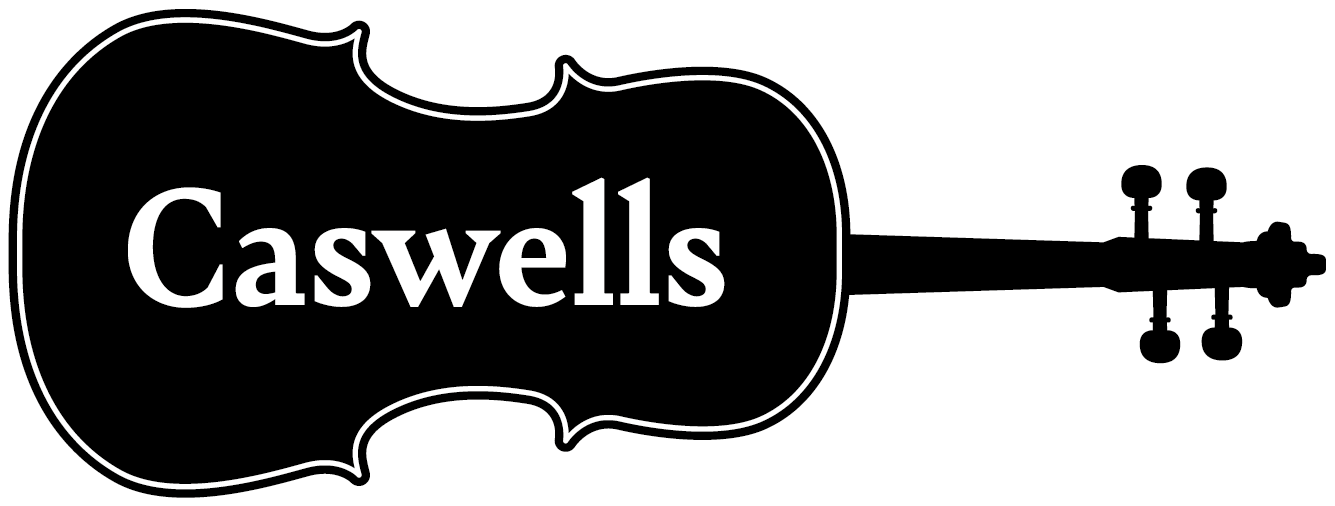Humidity and String Instruments
Moisture in the air (Humidity) affects the tone and the condition of String instruments because wood is a natural substance and can absorb and adapt to the humidity in the air. When the humidity rises, wood expands and when the humidity drops the wood dries out causing it to shrink. If you are familiar with a Hygrometer, humidity is expressed as a percentage known as ‘relative humidity’ which indicates the level of water vapour held in the air at a specific temperature. (I’ll spare you the science!)
Violins, Violas, Cellos and Basses can adapt to normal changes in humidity, when the arched shape of the front and back rises and falls as the wood expands and contracts. Extreme changes, however, can be damaging and affect the sound of the instrument or, worse, could cause cracking.
What is the best level of RH for my instrument?
The best humidity is between 40% and 60%. Below 40% is too low for comfort and 20% is dangerous. So what happens?
In dry conditions the front and back can shrink back onto the ends of the sound post, which can change the instruments response from mellow to harsh. If the wood contracts still further, tension within the instrument will build up on the belly and back where the arching is less pronounced causing the outer edges where they join the ribs, to part company. Thus a running opening appears back and front reducing dramatically the sound produced and often accompanied by a rattle or buzz. This is condition which can be resolved but involves a visit to your favourite Luthier – but the obvious short term fix is to raise the humidity (humidify)
A worst case scenario is that, as a result of a sudden and extreme reduction in humidity, cracks form on the front or back. These cracks necessitate the whole back or belly being removed and the cracks repaired and pinned from inside. Other common symptoms of low humidity is a reduction in string heights, buzzing, bridges falling and soundpost dislocation. In conditions of excess humidity (over 60%) instruments can also change as the back and front slacken causing slackening of the strings, loose soundpost and again the bridge could fall. The most hazardous time of year is during the winter months when central heating drives down the humidity lessened by the cold conditions outside. Relative humidity can fall as low as 10-15% in a heated home when the outside temperature is low.
The Answer?
Check your hygrometer regularly, be wary of open fires or radiators which can dry out the air, and if you travel to dry countries buy a humidifier. These can be as simply as a Dampit-type sponge snake filled with water which is fitted into the f-hole, or more sophisticated devices for humidification.



